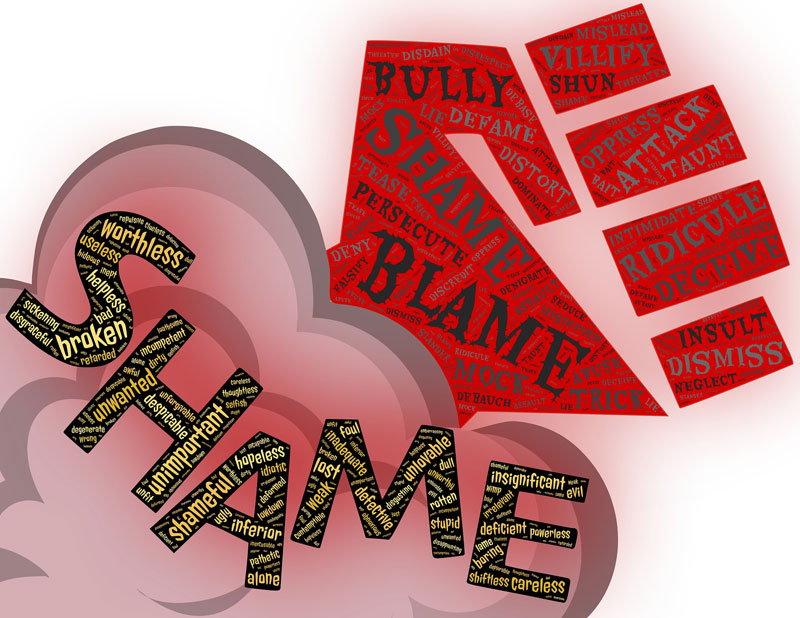My commentary on the state of play for Discrimination, Bullying and Sexual Harassment in the Medical Profession
Part 1 – Introduction and The Dynamics of Bullying Behaviour
On 2 February 2016, the Senate referred the matter of “The Medical Complaints Process in Australia” to the Senate Community Affairs References Committee for inquiry and report. The report was released in Dec 2016 and can be found on aph.gov.au.
Over the last two to three years, and particularly 2015-16, important media attention has been given to this issue of bullying and harassment in Australia’s medical profession. As a result this has triggered studies and surveys conducted by various bodies eg specialist colleges. Of these, significant work has been conducted by the Royal Australasian College of Surgeons (RACS). The Expert Advisory Group concluded that bullying and harassment occur at all levels from students to specialists.
It is important to note that there is likely under reporting of bullying and harassment despite the likelihood of selection bias whereby those who have experienced these behaviours may be more likely to respond to a survey.
As such, the numbers reported are significant. For instance, if the response rate = 40% and half of these have been affected, that is still 20% of the total number of doctors eligible to complete a survey who report being affected by bullying.
Until now, there has been a prevailing sense that the victim is at fault i.e. the victim is the one with the problem. The recent media attention and increased awareness and conversation around this topic has hopefully empowered individuals to recognise the issues and dynamics more accurately, and to seek help, support and advocacy.
The Dynamics of Bullying Behaviour
Bullying is often insidious and subtle. It may occur in the form of undermining statements, criticism (sometimes couched as ‘feedback’), exclusion, or setting goals that cannot be achieved. Less commonly is it overt, clear or aggressive.
In my experience most bullies are intellectually smart (and often highly technically skilled) but emotionally cowardly. Hence they tend to pick a perceptibly weak target.
Many bullies subscribe to the belief that there is a Rite of Passage to be traversed; that junior doctors or trainees must be seen to be coping/able to withstand hardship. They subscribe to the ethos of Teaching by Humiliation.
Many of these behaviours are learned from their own training experience. In some ways the Cycle of Bullying is akin to the Cycle of Domestic Violence, and bullying behaviours become inter-generational. This is more prominent in some specialties than in others. Traditionally “tough” specialties like Surgery and Orthopaedics arguably experience this more significantly.

